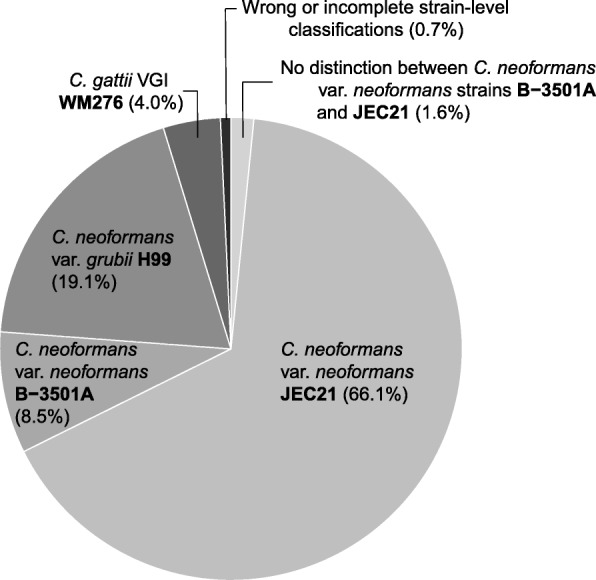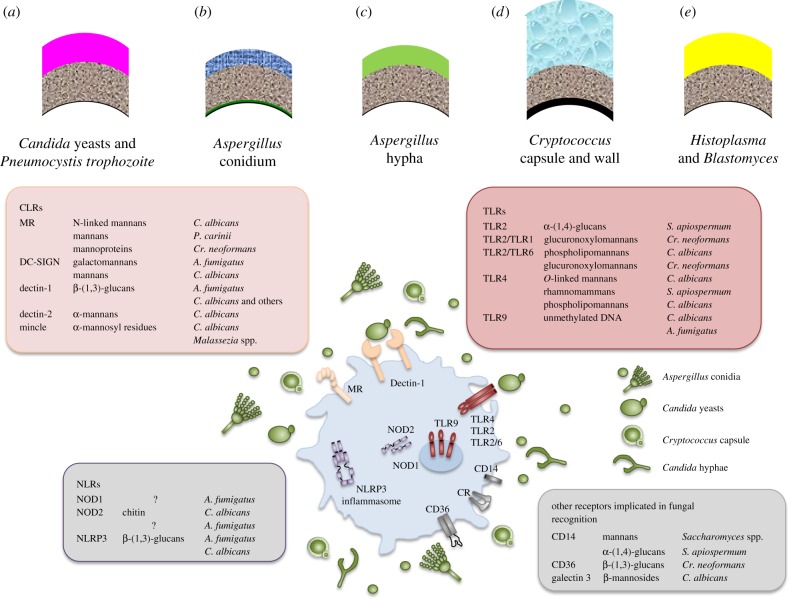High-throughput sequencing (HTS) permits the era of giant quantities of genome sequence information at a cheap value.
Organisms in mixed microbial communities can now be sequenced and recognized in a tradition-impartial method, often utilizing amplicon sequencing of a DNA barcode.
Bulk RNA-seq (metatranscriptomics) has a number of benefits over DNA-primarily based amplicon sequencing: it’s much less vulnerable to amplification biases, it captures solely dwelling organisms, and it permits a bigger set of genes to be used for taxonomic identification. Using a mannequin mock group comprising 17 fungal isolates, we evaluated whether or not metatranscriptomics can precisely identify fungal species and subspecies in mixed communities.
Overall, 72.9% of the RNA transcripts had been labeled, from which the overwhelming majority (99.5%) had been accurately recognized on the species stage. Of the 15 species sequenced, 13 had been retrieved and recognized accurately. We additionally detected pressure-stage variation throughout the Cryptococcus species complexes: 99.3% of transcripts assigned to Cryptococcus had been labeled as one of the 4 strains used in the mock group.
Laboratory contaminants and/or misclassifications had been numerous, however represented solely 0.44% of the transcripts.
Hence, these outcomes present that it’s doable to receive correct species- and pressure-stage fungal identification from metatranscriptome information as lengthy as taxa recognized at low abundance are discarded to keep away from false-positives derived from contamination or misclassifications.
This research highlights each the benefits and present challenges in the applying of metatranscriptomics in medical mycology and ecological research.

Aspergillus endophthalmitis: Potential function for vitreous galactomannan testing?
Eye injury throughout invasive aspergillosis is never described and organic analysis stays difficult. Here we report the case of a coronary heart transplant recipient with ocular aspergillosis complicating disseminated aspergillosis.
Although voriconazole was quickly given, a lower in visible acuity of the fitting eye was in keeping with endophthalmitis, ensuing in an emergency vitrectomy. Diagnosis was quickly confirmed: lab outcomes confirmed the presence of Aspergillus fumigatus on a vitreous pattern.
A collection of systemic antifungal remedy (liposomal amphotericin B, caspofungin and voriconazole), a number of liposomal amphotericin B ocular injections and pars plana vitrectomy allowed restricted constructive medical consequence. Interestingly though normal mycological observe-up procedures had been unfavourable, Aspergillus antigen testing gave an index of 5.92 on vitreous humor, thus a new intraocular injection of L-AmB was carried out and voriconazole reinitiated.
Ten different vitreous samples from sufferers with out fungal infections had been additionally examined, all displaying indexes inferior to 0.25.
Although bigger research are wanted, this case illustrates that galactomannan testing of vitreous humor might be helpful for the analysis of fungal endophthalmitis if these information are confirmed in different sufferers, in specific, if normal mycology is unfavourable and PCR is just not out there.


